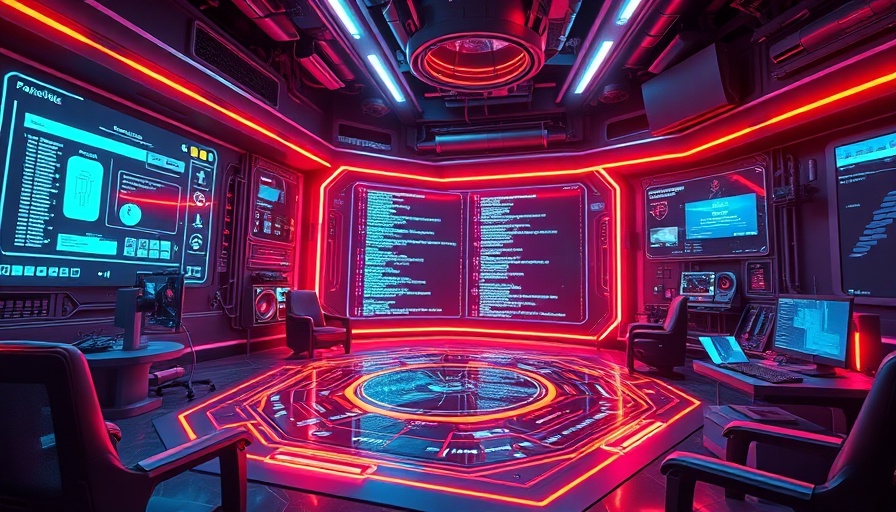
Revolutionizing Software Development with AI
As the digital transformation accelerates across industries, the integration of Artificial Intelligence (AI) into software development processes has become increasingly essential. A notable advancement is the introduction of autonomous programming tools that leverage Large Language Models (LLMs). This shift addresses long-standing issues in code generation—particularly the frustrating 'near-miss syndrome' where generated code appears correct but fails in execution due to minor errors. Exciting developments were introduced by researchers through a framework known as SEIDR, which stands for Synthesize, Execute, Instruct, Debug, and Repair.
Understanding the SEIDR Framework
The SEIDR framework is a game changer in the field of program synthesis, combining the strengths of multi-agent systems with LLMs to streamline coding tasks. By allowing LLMs to interactively synthesize, execute, debug, and repair code, SEIDR enhances the traditional programming practice where iterative debugging is necessary. This framework requires strategic prompts, effective ranking algorithms, and a balance between repairing existing code and generating new alternatives. Through empirical studies, it has outperformed conventional usage of LLMs like OpenAI Codex and traditional genetic programming methods.
Performance Metrics and Outcomes
According to studies comparing SEIDR with other methodologies, the new framework has shown outstanding results in solving programming problems. In experiments on the Program Synthesis Benchmark 2 (PSB2), SEIDR solved 18 out of 20 problems in Python and achieved significant success with C++. Notably, when tested on advanced models like GPT-3.5 and Llama 3, SEIDR maintained its effectiveness, yielding an impressive pass rate of over 84% on certain C++ tasks. This performance indicates that LLMs can effectively assist in code generation when coupled with reliable debugging frameworks.
Comparative Insights from RGD Framework
Another framework worth mentioning is RGD (Refinement and Generation Guidance), which focuses on iterative feedback to enhance code generation quality. RGD, developed by researchers Haolin Jin and colleagues, revolves around a multi-agent system that organizes code generation into distinct stages, ensuring that generated code is both syntactically and semantically correct. Notably, preliminary experiments reported a remarkable improvement in performance metrics across benchmarks, making it another robust contender in the realm of autonomous programming.
Implications for Executives in Tech
For executives in fast-growing technology companies, harnessing the capabilities of SEIDR and similar frameworks can lead to significant competitive advantages. Autonomous programming can drastically reduce development time and increase software reliability, thus freeing up human resources for more creative problem-solving tasks. By adopting these innovative tools, companies can enhance productivity, driving digital transformation efficiently.
Future Predictions: The Broader Impact of AI on Software Engineering
The future of AI in software engineering is bright, with predictions suggesting that autonomous coding assistants will become mainstream. As LLMs continue to learn and evolve, their ability to understand complex code tasks will significantly reduce the manual effort currently required in debugging and testing software. This evolution could pave the way for more sophisticated software innovations and accelerate the pace of digital transformations across sectors.
Call to Action: Embrace the Future of Programming Now
Executives and decision-makers in technology should consider implementing LLM-driven frameworks like SEIDR and RGD to transform their software development processes. As the AI landscape continues to evolve, staying ahead of technological trends will be key to achieving sustainable growth and success in a competitive market.
 Add Row
Add Row  Add
Add 




Write A Comment